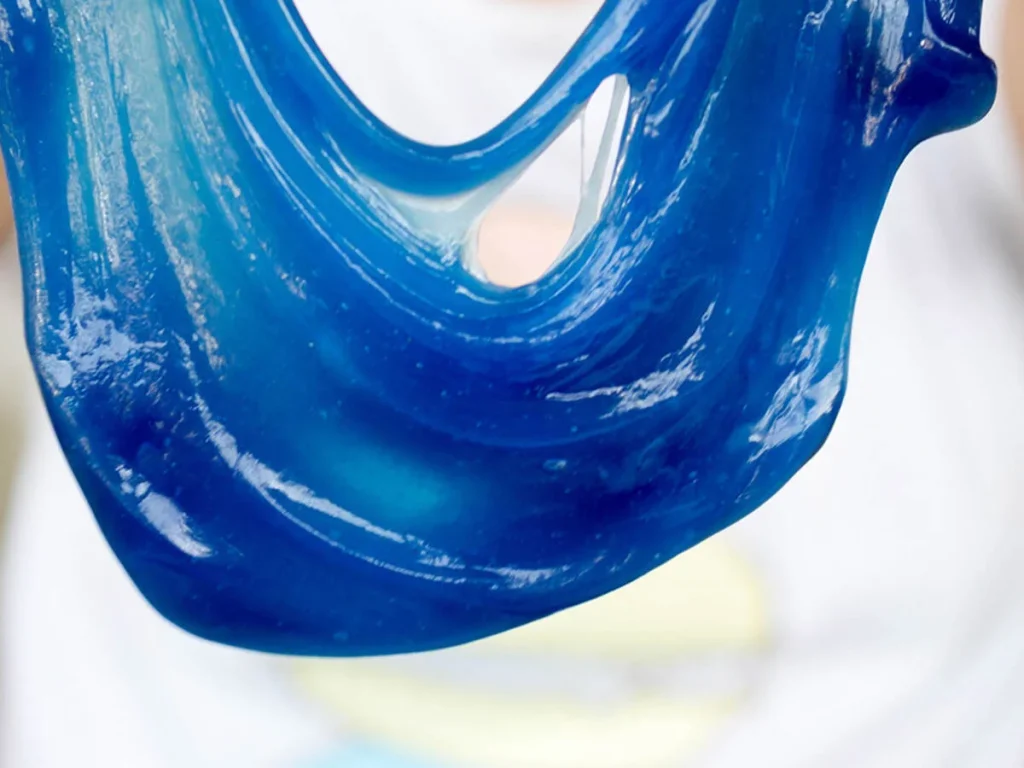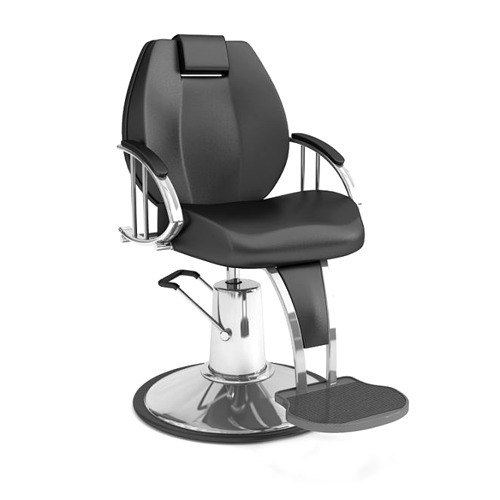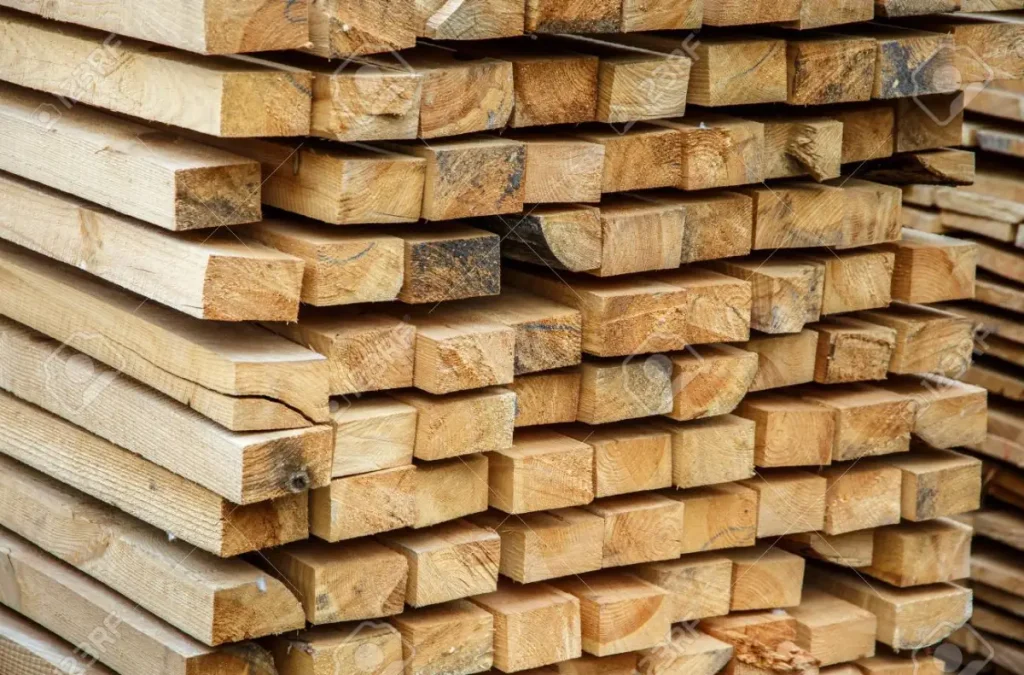When it comes to camping, having a reliable cool box is more than just a convenience—it is often a necessity for a successful outdoor adventure. A cool box, also known as a cooler or ice chest, serves the crucial role of keeping perishable food and beverages cold and safe to consume during your trip. Whether you are spending a weekend in the woods or embarking on a cross-country camping expedition, here why investing in a quality cool box is essential. First and foremost, a reliable cool box ensures food safety. In outdoor environments, especially during warmer months, temperatures can quickly rise, posing a risk of food spoilage. A well-insulated cooler with efficient cooling capabilities helps maintain a consistent low temperature, preserving your food and beverages for longer periods. This not only prevents wastage but also ensures that you have nourishing meals throughout your camping trip without concerns about foodborne illnesses. Moreover, a good cool box enhances the overall camping experience by providing refreshing drinks and chilled snacks.
Whether you prefer ice-cold water after a long hike or want to enjoy a cold beer around the campfire, a well-stocked cooler makes these comforts possible. It adds a touch of convenience and relaxation to your outdoor activities, allowing you to stay hydrated and satisfied without the need to constantly replenish supplies from distant stores. Beyond food preservation and convenience, a cool box offers versatility in outdoor cooking. Many campers use coolers not only for storing perishables but also as makeshift refrigerators for ingredients like marinated meats or dairy products. This flexibility enables campers to prepare more varied and enjoyable meals, expanding culinary options beyond basic non-perishable items. With a reliable cooler at hand, you can indulge in fresh salads, cold cuts, and even homemade desserts, elevating your camping meals to a whole new level. Furthermore, investing in a quality cool box contributes to environmental responsibility. By minimizing food waste through effective cooling, campers reduce their impact on the environment and promote sustainable outdoor practices. Properly stored food means fewer leftovers left behind, lessening the attraction of wildlife to campsites and preserving the natural balance of the wilderness.
Additionally, a Camping koelbox is a long-term investment that pays off over many camping trips. High-quality coolers are built to withstand rugged outdoor conditions, from rough handling during transportation to exposure to rain, sun, and dust. They are typically made from sturdy materials that offer insulation and resilience, ensuring that your cooler remains functional and reliable through various outdoor adventures. In conclusion, every camper should prioritize investing in a reliable cool box for its essential role in food safety, convenience, versatility in cooking, environmental impact, and long-term durability. Whether you are a seasoned outdoor enthusiast or a novice camper, having a dependable cooler ensures that you can enjoy your time in nature without compromising on the quality and freshness of your meals and beverages. With the right cool box by your side, you are equipped to keep it cool and make the most of your camping experiences, no matter where your adventures take you.


